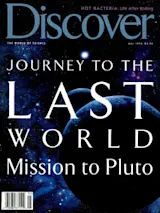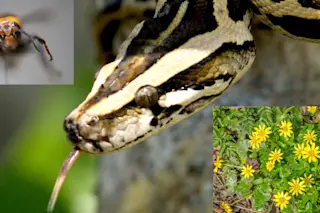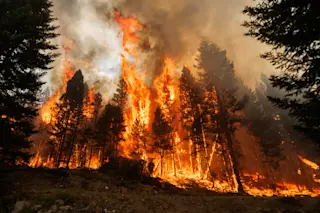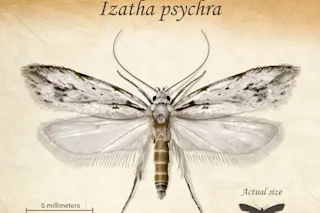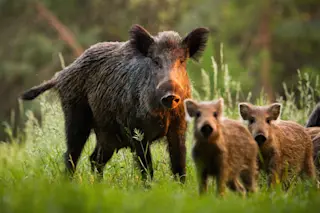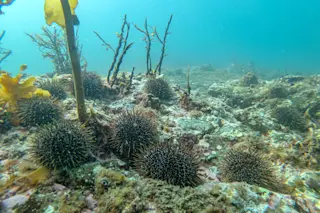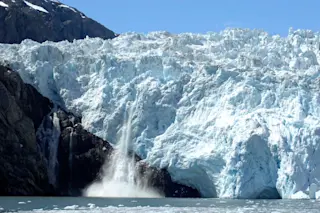The aging Volvo cuts through the drizzly New Haven night, darting expertly through the rush-hour traffic. The driver, Elisabeth Vrba, keeps a nervous eye on the rearview mirror.
The last time I got stopped, the policeman kept me waiting 15 minutes while he lectured me on the hazards of speeding, she says. He was terribly nice, but it was such a waste of time.
Time is never far from Vrba’s mind; she is acutely, almost painfully aware of its passage. She talks as fast as she drives, the ideas pouring forth so rapidly that they sometimes collide. Vrba is aware of this and says that her students complain of it, but she doesn’t apologize. In the heady and competitive scientific circles she travels in, waiting patiently for less nimble minds to catch up can be counterproductive.
Vrba’s anxiety about time stretches easily from minutes to millennia--the time it takes for ...


